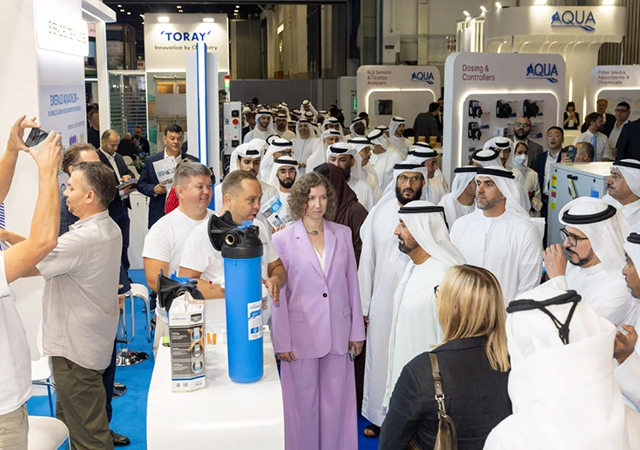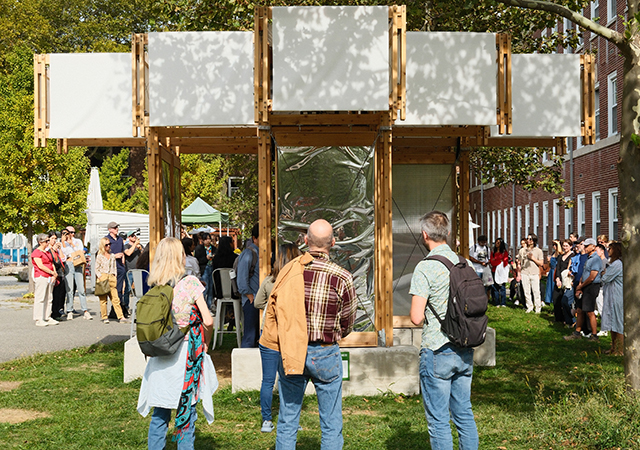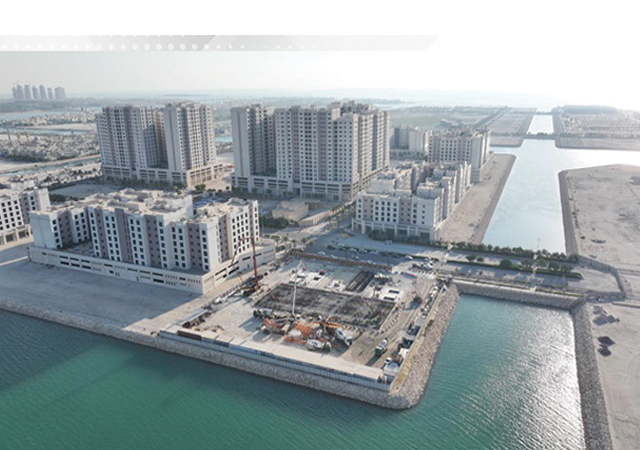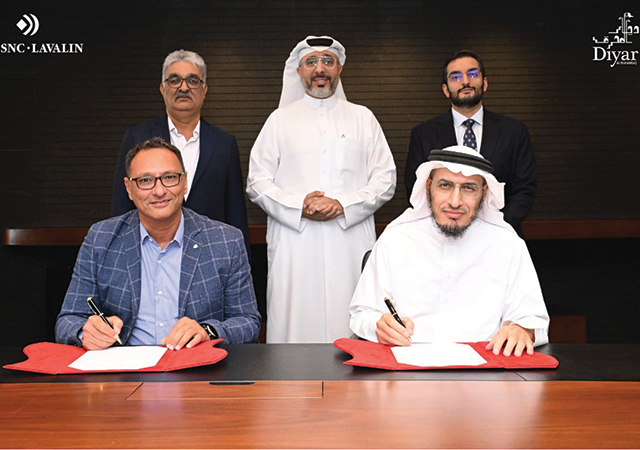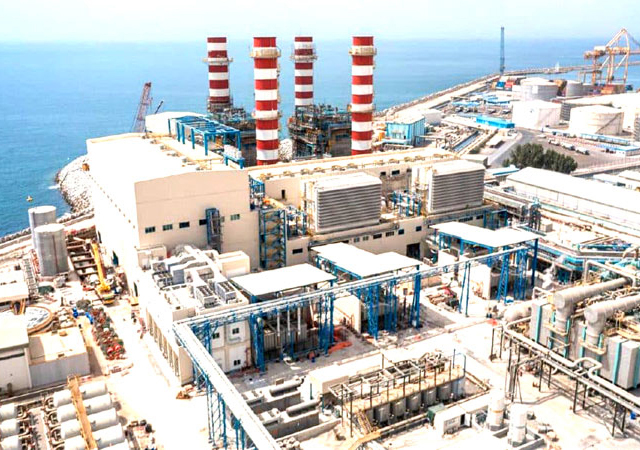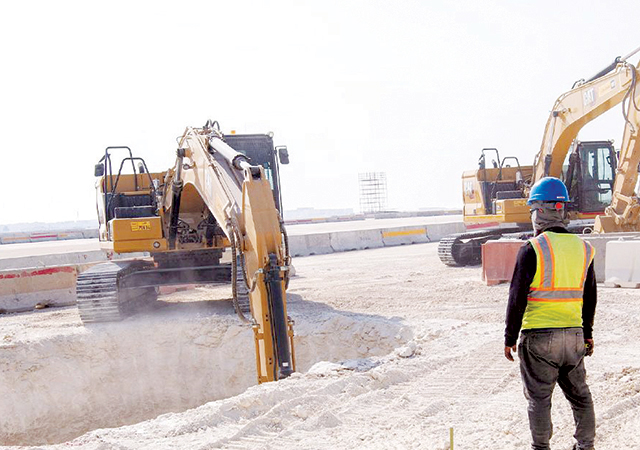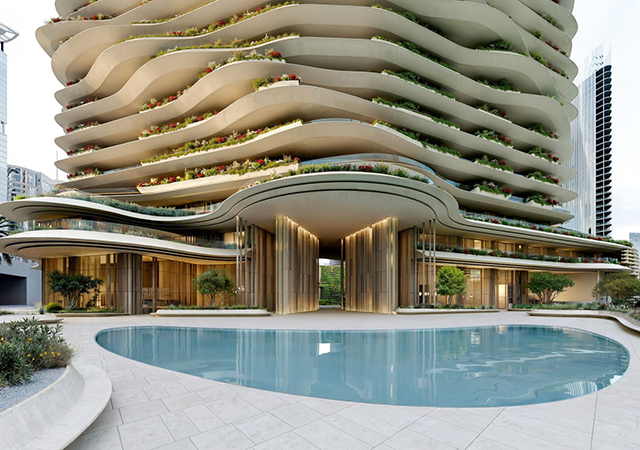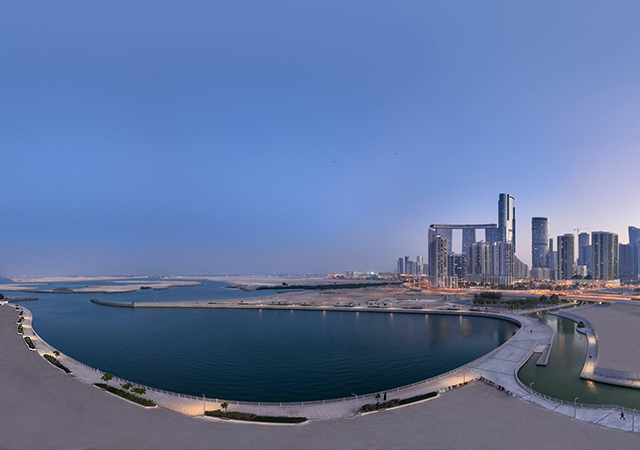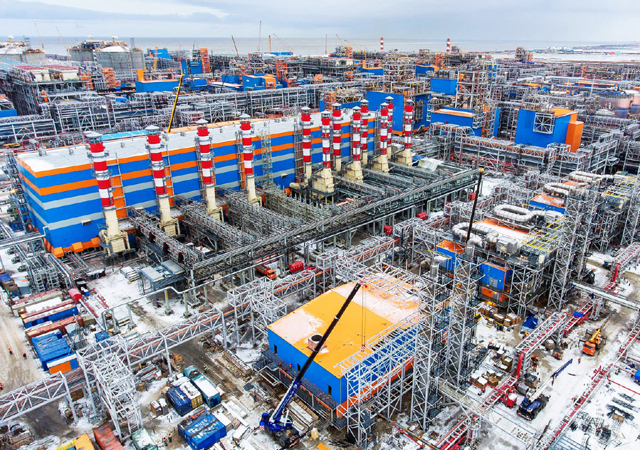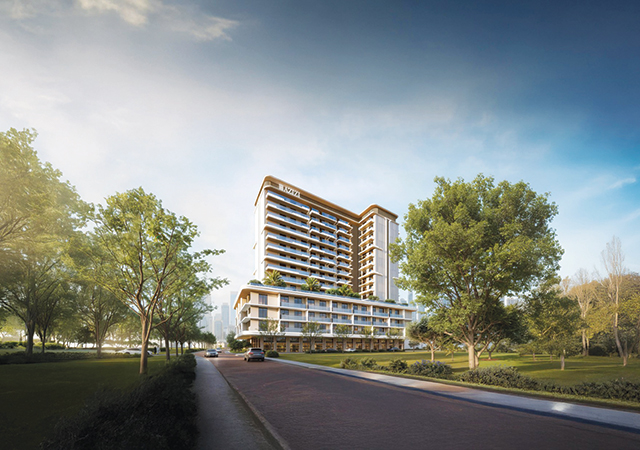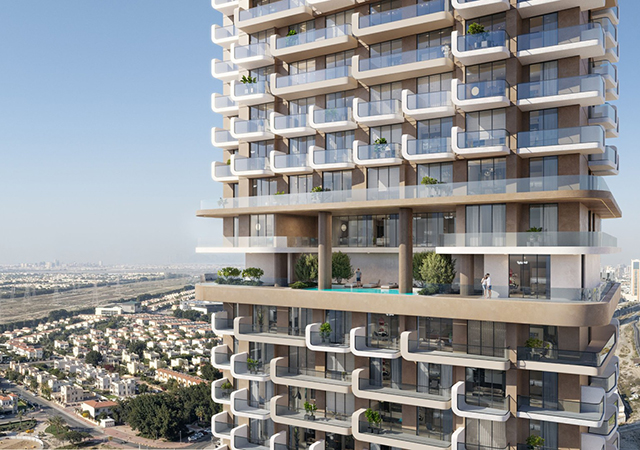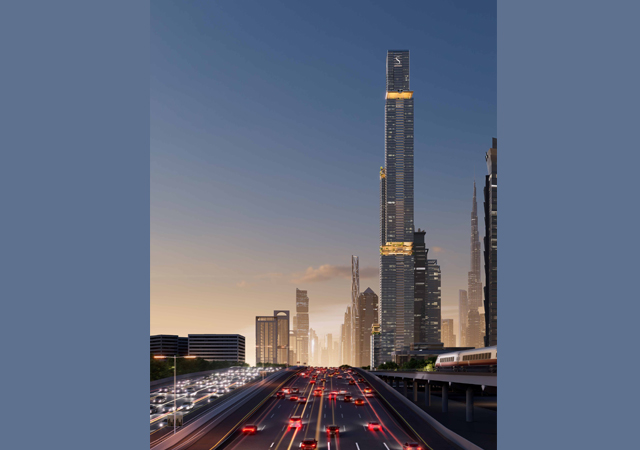

Spelling out the meaning of ‘design life’, STUART JORDAN* suggests parties signatory to a contract pay attention to technical terms to avoid trouble.
You may have noticed the increase in contracts now referring to a required “design life” – indeed you may have been writing these contracts.
Since we lawyers tend not to be very technical, we do get nervous when technical terms creep from the scope of works or employer’s requirements into the conditions of contract. As with the much-debated concept of ‘fitness for purpose’, we know that such terms can spell trouble, and we see the same sorts of problems when a ‘design life’ requirement is made without precision.
In this column, we sometimes like to highlight where employers’ teams try too hard to be tough on contractors and in doing so can trip themselves up. ‘Design life’ is another example. As with ‘fitness for purpose’, we see a concept that has been used more commonly in engineering projects, being brought into building works and we have to ask whether this is a good idea.
So, should we not do it? Can we ignore it? Can such a requirement really apply to the whole completed works, or just elements of it? What does ‘design life’ mean when you apply it to a whole office block or power station?
We have looked before at the shift towards whole-life procurement, which the Middle East has started to make use of. This is generally a positive development: to consider at the outset the long-term owner-occupier requirements of any constructed facility beyond the gleaming new thing handed over at completion. Where does design life fit into this?
As usual, there is no universally-recognised definition but there is a general consensus. One definition (The Law Dictionary) states that design life is “the time when an element is expected to perform without repair”.
Another (Business Dictionary) sets it in terms of the expected period of performance of a component at its designated capacity without major repairs.
Immediately we can see the need to define this term if it is to be used at all. We can get over this issue of differentiating ‘major’ repairs from others, by reference to the cost of the repair proportional to the cost of replacement – or by defining with reference to planned (versus unplanned) repairs.
The more important part of both definitions is that they refer to the expected period of operation rather than actual. It is not the same as a product warranty period. Design life is something which can (with the help of experts) be judged at the time of the design and the construction because it is no more than a design intent. It does not add up to a guarantee of durability. This is important because the main danger here is in mistaking the term for something stronger.
This danger has been shown up recently in an English court case (MT Hoigaard v E ON Climate and Renewables) which concerned grouting failures in the foundations of wind turbines on a 60-turbine offshore windfarm, resulting in a claim against the contractors for the cost of remedial work, some $30 million. The construction contract set the “quality and performance” obligations in several ways, including requirements of professional competence (reasonable skill and care) in design, compliance with good industry practice and an obligation to comply with an international technical standard, J101. This standard turned out to be wrong, with the effect that compliance with it would never bring about long-term durability.
The contract also required the foundation design to “ensure a lifetime of 20 years in every respect without planned replacement”. The Court of Appeal took that provision (on its own) to be effectively a 20-year warranty – although as an aside, I do note that it doesn’t disallow unplanned replacement! Other contract provisions required a 20-year design life.
The parties probably intended that all the contract references to 20 years were essentially the same but design life is not a warranty on actual durability and, therefore, the grouting failures observed after a couple of years were not conclusive evidence of failure to meet the design life obligation.
For good measure, the contract also required fitness for purpose. Most employer teams would be confident of pinning this problem on the contractors, through the sheer number of times the “20-year durability” point was made; however, the Court of Appeal found against the employers. They found that the various obligations on quality and performance were inconsistent with each other and, disastrously, the order of priority of contract documents gave precedence to the input obligations, that is, to design with professional competence and to follow J101. These obligations were in the conditions and not the employer’s requirements.
Contracts often set quality and performance obligations in several ways. Here are a few examples:
• Exercise reasonable professional skill and care;
• Comply with published technical standards;
• Apply “good engineering practice”;
• Meet “fitness for purpose”;
• Component warranty periods;
• Design life;
• Performance guarantees;
• Decennial defects liability; and
• Good workmanship, new and suitable materials.
All of these set different and, therefore, contradictory requirements, at least, in part. They can undermine each other, so each one needs to be understood and the contract needs carefully to set out the ways in which they qualify each other. Too often these terms are simply thrown in, with the expectation that the contractor will have to meet whatever are the toughest standards. Worse, these requirements are usually spread between the contract conditions and the technical documents without the lawyers (or anyone else) having the chance to review them all together.
We can see that the concept of design life has a use but, like other shortcuts to ‘rock solid’ contractor responsibilities, it is not the whole answer and it tends to be misunderstood. Long-term warranties on performance need to be specified in other, precise words.
*Stuart Jordan is partner and co-head construction for the international law firm King & Wood Mallesons (KWM). Based largely in Dubai, UAE, he specialises in engineering and construction matters, cross border, both front end and disputes.



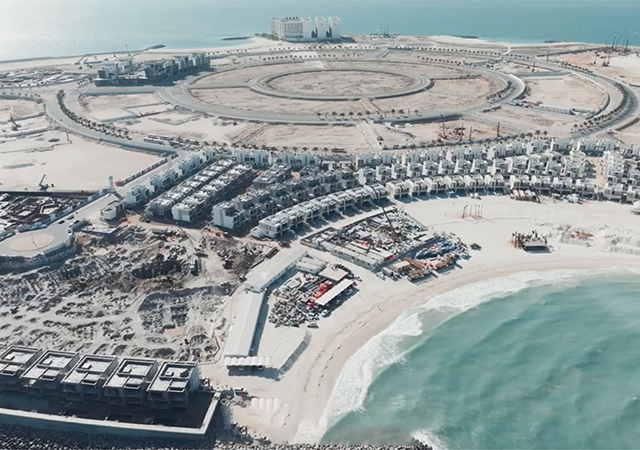

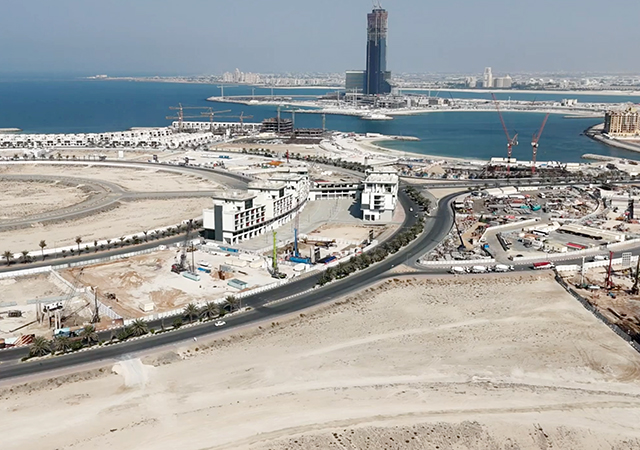

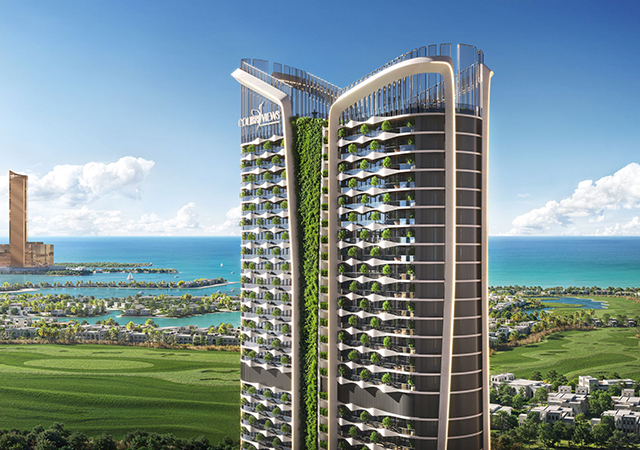
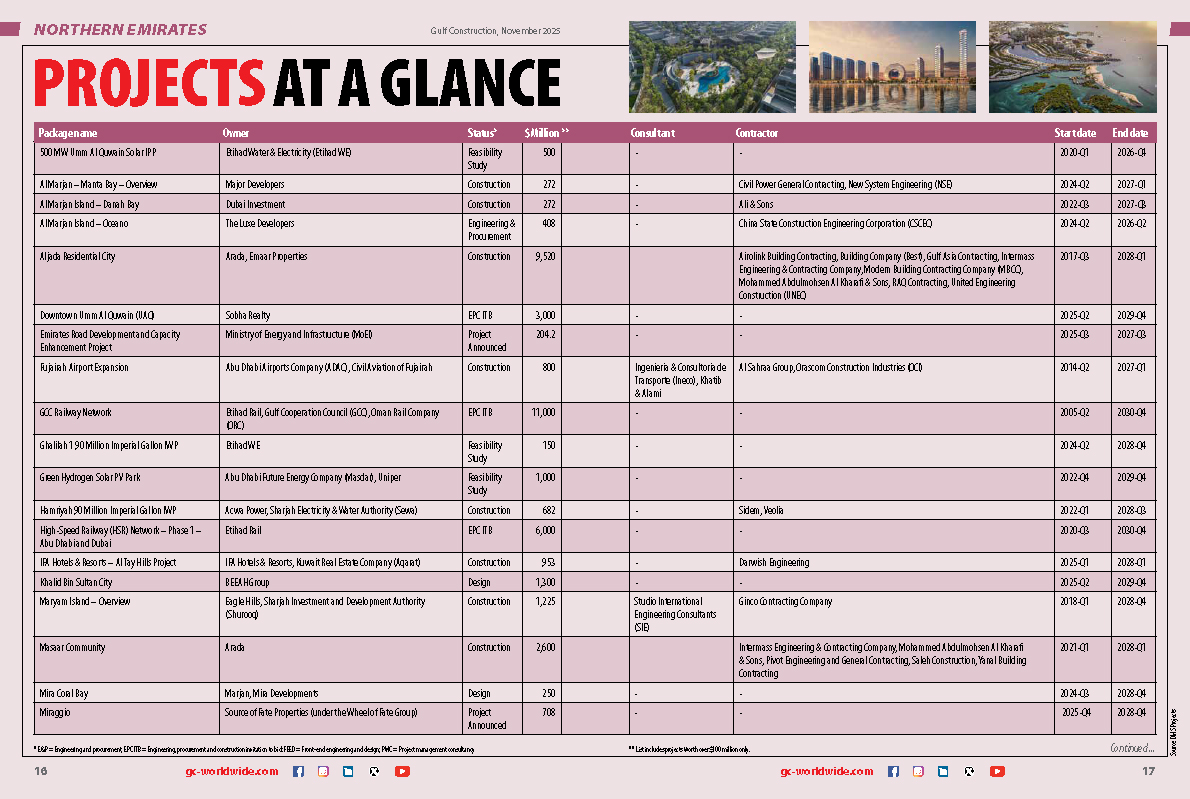




(5).jpg)
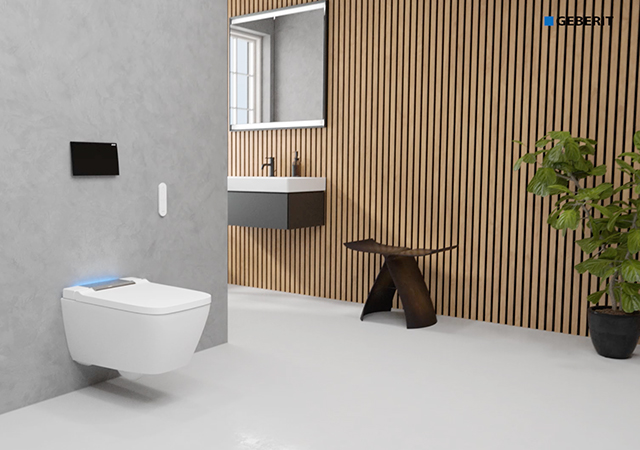







.jpg)





